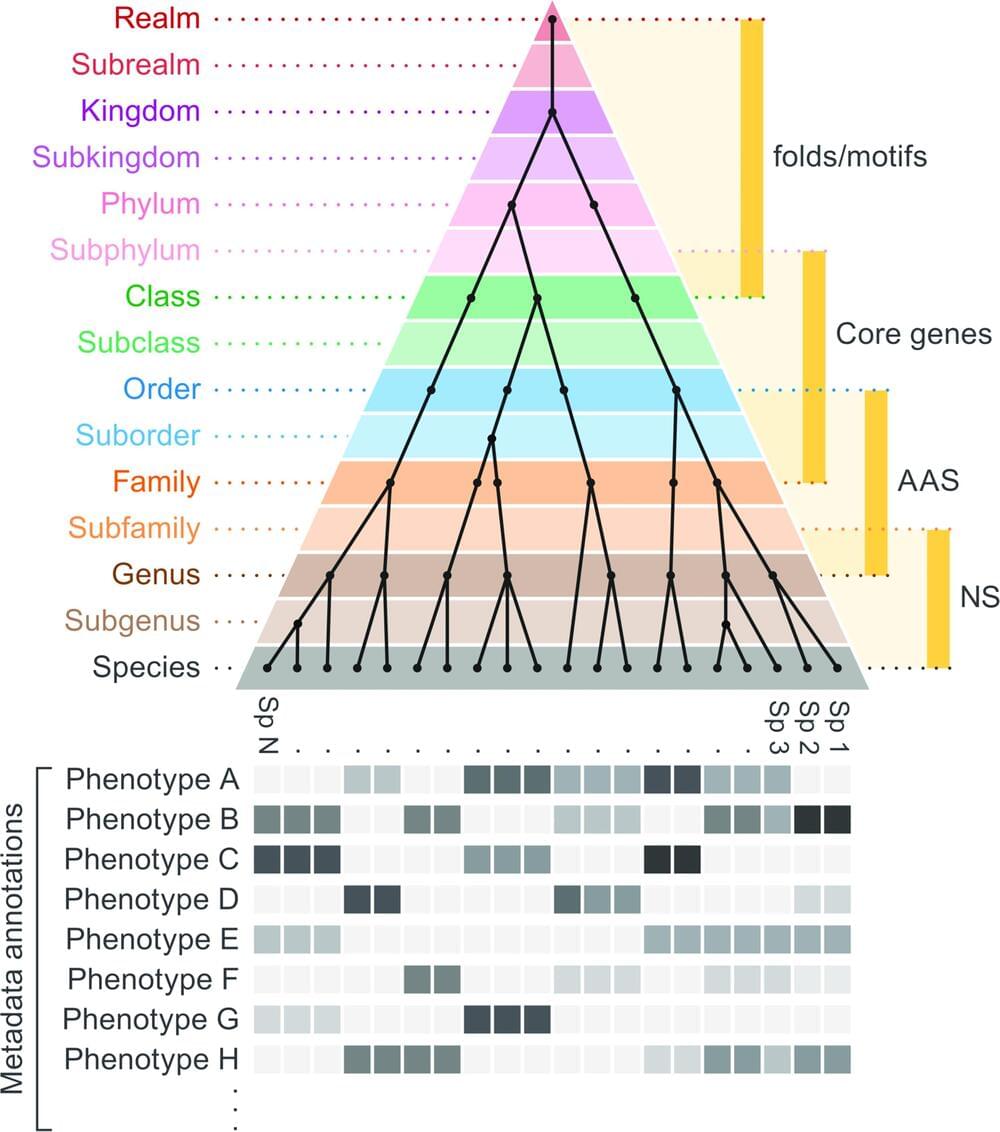The official body charged with virus classification has released four new principles that bring order to the viral world. This provides a unified framework that will enable all viruses to be classified, something vitally needed as genome technologies continue to discover millions of new virus species.
Since the ancient civilizations of Greece and Egypt, humans have attempted to classify life on Earth by putting organisms into related groups to understand life and infer relationships.
This classification of life, or taxonomy, took a giant step forward in the 18th century when Swedish botanist Carl Linnaeus established a hierarchical classification system that grouped organisms based on common characteristics. Significantly, he developed a Latin naming system that described each organism by group (genera) and specific name (species). Higher ranks brought related genera together into families, families into orders and so on through classes, phyla and kingdoms.
